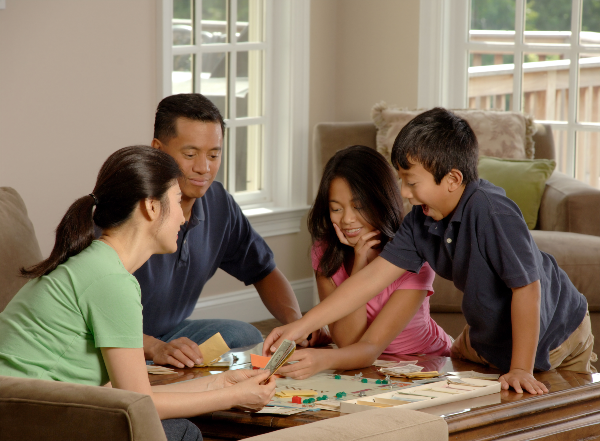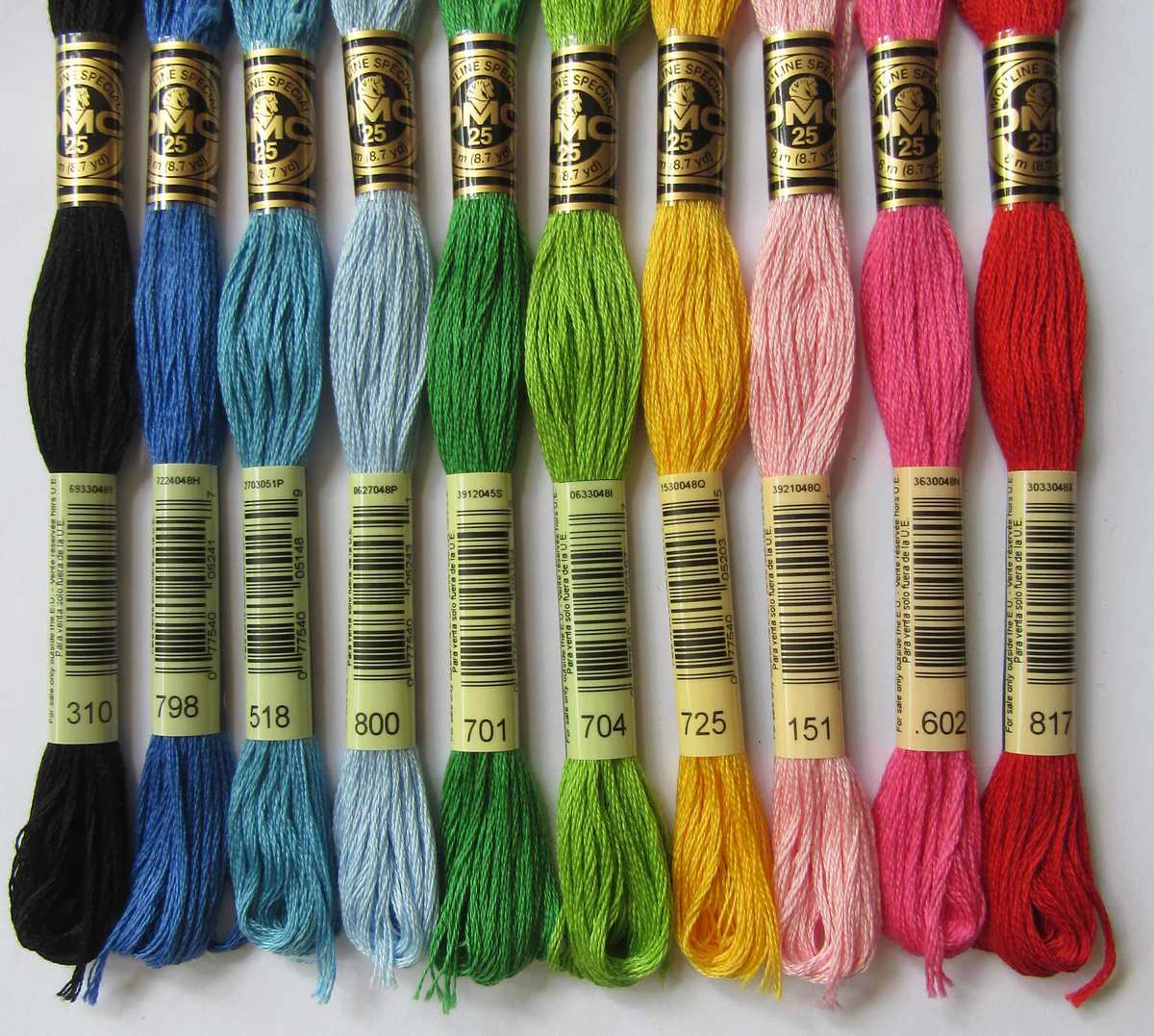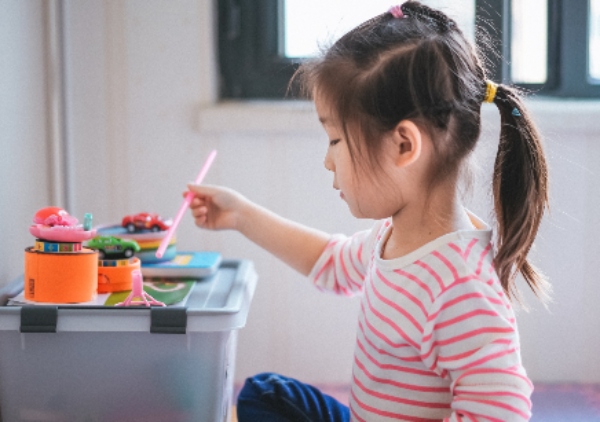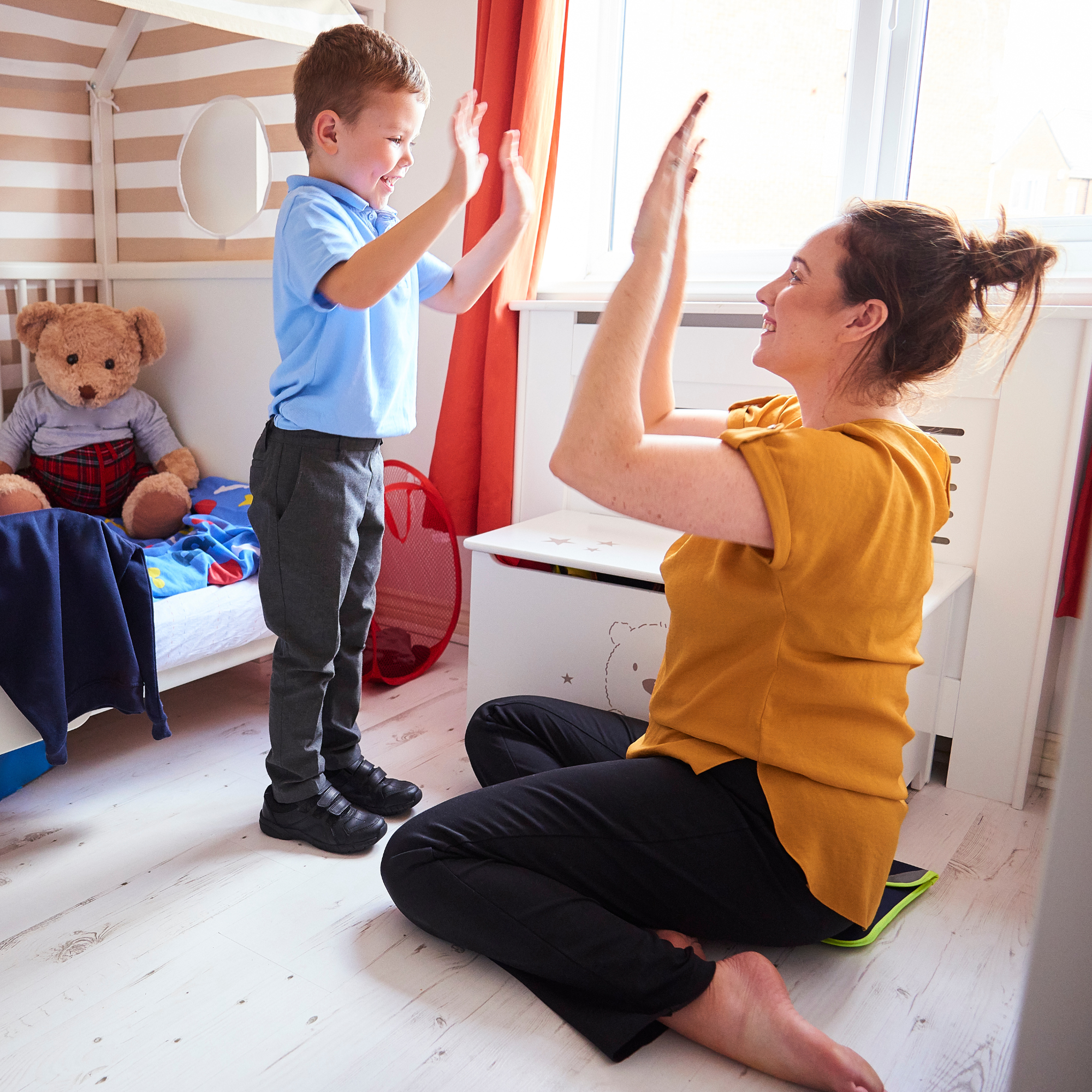Life can get busy with school, work, and daily routines pulling everyone in different directions. In the midst of it all, fostering open communication with our kids is essential. Yet, getting meaningful details about their day often feels like an uphill battle.
So, how can we help our kids share more about their experiences? How can we ensure they practice kindness and feel supported even when we’re not around?
“Talk About Day” – A Simple and Effective Tradition
Growing up, I had the privilege of assisting in taking care of four children whose family had a beautiful nightly tradition. After the usual bedtime routine—bath, brushing teeth, and a story—came “Talk About Day”, as it was referred to by the youngest of the children. This informal, cozy conversation was the last step before falling asleep. We would lay in bed and talk about the days we each had. This allowed for a less structured conversation. A pressure-free way to discuss highs and lows of the day, fostering deeper connections and more detailed storytelling than a hurried chat at the dinner table. While this setting might limit full-family participation, it inspired a variety of other ways to spark meaningful conversations.
Turning “Nothing Much” Into Something Meaningful
Many parents are familiar with these classic answers:
- “My day was fine.”
- “Nothing exciting happened.”
- “We did the usual stuff.”
It’s frustrating for both kids and parents. But with a little creativity, these interactions can evolve into meaningful exchanges.
Here are three practical ideas for engaging family conversations and building your child’s social-emotional skills.
1. Directing the Conversation
Let one person “direct” the conversation. This works well during meals or another shared activity. The director starts by sharing the best and worst parts of their day and then chooses someone else to share.
ABA in Action:

- Waiting: When someone is leading the conversation, others—adults and children alike—need to wait their turn respectfully. Teach children how to wait appropriately by sitting quietly and paying attention to the speaker. Reinforce positive behavior with encouragement, such as saying, “Great job waiting, Johnny! Now it’s your turn.” This not only helps build patience but also fosters a respectful atmosphere during family discussions.
- Attending: Engaging fully in conversations is key. We want our children to be active participants, not just physically present. Encourage everyone to focus on the speaker by asking questions or making comments. This approach keeps the conversation lively and ensures everyone feels valued. Additionally, modeling attentive behavior sets the standard for mutual respect during these chats.
- Conversation Skills: Teaching effective communication is essential. Help your children become good conversationalists by encouraging them to listen attentively, ask thoughtful questions, and make relevant comments. For instance, if a story about recess comes up, you can guide them with prompts like, “Who did you play with?” or “I’ve played that game before—it’s so much fun!” These small interactions help build natural, flowing conversations and deepen family connections.
2. The Conversation Starter Bucket
A bucket filled with conversation prompts can travel with your family or stay at home. Write prompts on strips of paper, ranging from “What was the best part of your day?” to “What’s a new food you’d like to try?” The goal is to spark natural conversations that eventually flow without prompts.
ABA in Action:
- Waiting: Children will practice patience by waiting their turn to choose a conversation starter from the bucket and waiting their turn to speak. Teach them to wait appropriately by sitting quietly, focusing on the discussion, and avoiding interruptions. Reinforce this behavior with positive feedback, such as, “Great job waiting your turn, Sarah! Now it’s your turn to share.” This reinforces patience and encourages active participation.
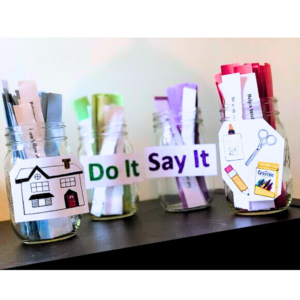
- Attending and Maintaining Conversations: Active listening is a crucial part of meaningful family conversations. Encourage everyone to focus on the speaker by maintaining eye contact and listening closely. Help children engage byasking follow-up questions or making comments related to what was shared. For example, if someone talks about recess, you might prompt with, “What game did you play?” or “That sounds fun—did anyone else join in?” These small actions promote connection and ensure everyone feels heard.
- Creativity: This activity invites plenty of creativity and encourages children to come up with their own conversation topics. To make it more engaging, incorporate a simple reinforcement system. For instance, each new topic idea earns a tally on a checklist, and reaching a set number of tallies could result in a reward, such as an extra five minutes of playtime or a special treat. This not only makes the activity fun but also motivates kids to think outside the box and contribute meaningfully.
3. Family Fun Night
Family Fun Night is a versatile activity designed to bring everyone together. Play board games, create your own family game board, or enjoy activities tailored to your preferences. The key is spending quality time as a family.
We created our own game board here at Graham, feel free to download ours or use it as a guide to make your own according to the preferences of your own family. We included some quick and fun activities/discussions, some future family planning, and some special spaces to allow the player to choose their own!
ABA in Action:
- Tolerating Spontaneity: Many children with autism thrive on structured routines, but family fun nights often include unplanned activities or conversations. To help your child adjust, discuss the plan in advance and address any potential triggers for maladaptive behaviors. The flexibility of family fun night allows you to tailor the pace to your family’s needs, but the primary goal remains the same: spending quality time together and building meaningful connections.
- Turn-Taking: Unlike other activities that focus solely on waiting to speak, family fun night involves waiting for your turn to both speak and move on the game board. This adds an extra layer of patience and engagement. Reinforcing turn-taking skills in this setting can be a fun way to practice important social skills while enjoying the game.
- Attending: Active participation is key during family fun night. Encourage everyone to stay engaged by focusing on the game and the people around them. Whether it’s sharing a story, recalling a favorite memory, or completing a fun activity, staying attentive ensures everyone feels involved and valued, enhancing the overall experience for the whole family.
Click here for an editable Canva template, (make a copy to edit!)
Click here for the Family Game Night Printable PDF
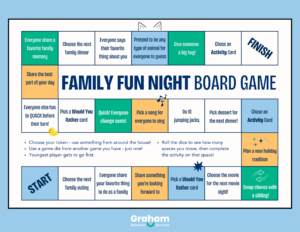

Everyday Kindness Activities
To foster kindness, create a daily kindness task. Use a spinner or colored jars to assign tasks like:
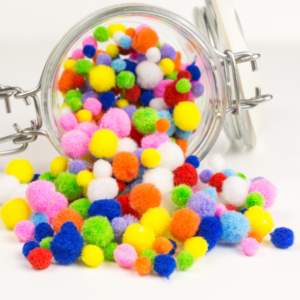
- Green: Acts of kindness you can “do” (e.g., holding the door).
- Purple: Kindness you can “say” (e.g., complimenting a friend).
- Red: Acts of kindness at school (e.g., helping a peer).
- Blue: Acts of kindness at home (e.g., setting the table).
Track their progress with stickers, marbles, pom-poms, or checkmarks. Once they meet a goal, celebrate with a reward like a playdate, ice cream trip, or a family movie night.
Wrapping Up
Fostering meaningful conversations and kindness in our children doesn’t have to be a struggle. By incorporating fun activities like “Directing,” conversation starters, Family Fun Night, and kindness challenges, we can connect with our kids in deeper ways and teach them valuable social-emotional skills.
This year, let’s make family conversations engaging and impactful—one chat, one act of kindness, and one family connection at a time.
We want to ensure our children are being kind throughout their day even when we aren’t standing over their shoulder reminding them to use their manners. But how can we do this? What about setting up a kindness activity for them to choose every morning and then incorporating a reinforcement system each day they complete it?
